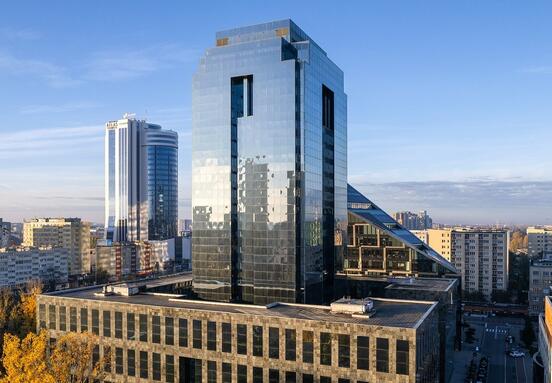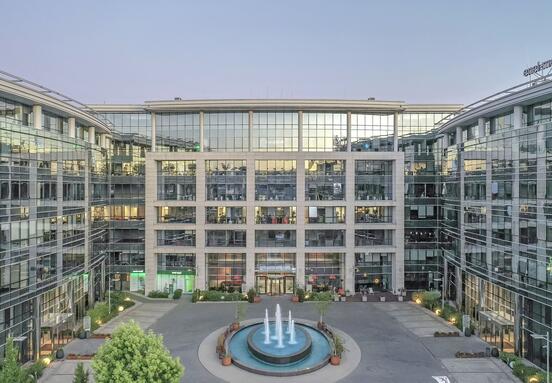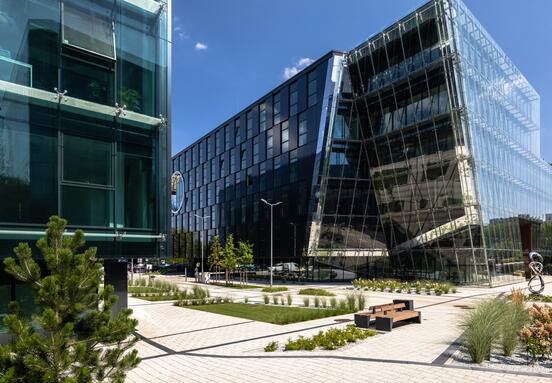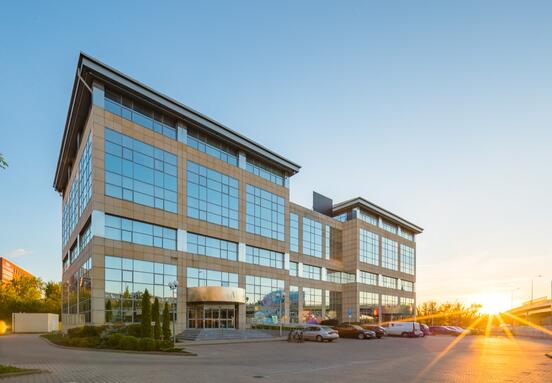In regional cities, office buildings are 11.5 years old on average. As a result, the absorption of office space in Poland is one of the highest in Europe. Modern buildings are strong competition for older buildings from the 1970s and 1980s. However, with the right strategies, older buildings can also successfully attract tenants.
Advantages of Older Office Buildings
The main advantage of older office buildings is their location - they are often located in city centers and well connected. However, as the supply of modern, certified office space increases, older buildings require a new approach to remain attractive. In Warsaw, offices in lower quality classes comprise about 2.5 million sq m of space. Throughout Poland, there is about 23 million sq m of modern commercial space older than 10 years, which without investment may lose tenants.
ESG budgets can be used not only for mandatory measures, but primarily to comprehensively improve a building's performance in terms of tenancy, value and energy efficiency. "This can be achieved by, for example, improving or replacing installations, upgrading common areas, comprehensively remodeling or adding new functions to the building, and implementing a new leasing and management strategy. Financial decisions are worth preceding with ESG and technical audits and market analysis. In this process, it is extremely important to talk to tenants and learn about their needs." - explains Joanna Mroczek, head of strategic consulting at CBRE.
Pandemic and Tenant Preferences
The pandemic has changed the way we work, but only 12% of companies consider remote work the new norm. The vast majority (87%) prefer to use the office for at least half of their working time.
Polish offices stand out compared to Western Europe. They are on average 15 years old in Warsaw and 11.5 years old in regional cities, which is significantly less than in other countries in the region. The Polish capital has one of the highest shares of certified buildings in Europe - almost 70%. By comparison, in Paris and London such buildings account for only one-fifth of the supply, and in Berlin only 10%. As a result, the absorption level of office space in Warsaw is higher than in most European capitals.
Higher Absorption and Vacancy Levels
At the end of 2023, there were nearly 30 buildings in Warsaw that were older than 10 years, with more than half of their space vacant. Upgrades, which are already underway by some landlords, may increase the likelihood of high rental levels. It is worth noting that the vacancy rate in Warsaw is the lowest among large cities in Poland, at around 11%. In regional cities, the vacancy rate is much higher, reaching 18% on average.
Outside of Warsaw, tenant preferences are also changing. In regional cities, tenants are less inclined to lease offices in office parks that are far from the center or offer only basic amenities. Currently, regional cities have nearly 40 buildings older than 10 years with more than 50% vacancy. Modernizations can give these facilities a chance to remain attractive to tenants and respond to their needs today, adds Katarzyna Gajewska, director in the market research and analysis department at CBRE.









